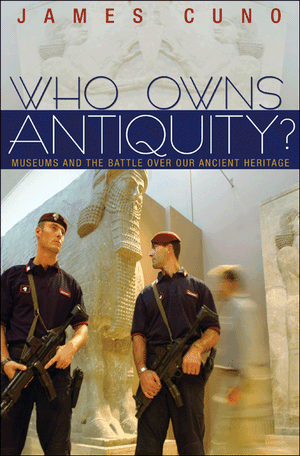[The above is mostly a reading of the text below, with an occasional
aside thrown in for good measure, as they strike me as relevant. I welcome questions, comments, or concerns
about the material contained in this video.]
I stammer and hedge writing a review for this book in much the same way I did before other great artists of the short story, namely I. B. Singer’s “Gimpel the Fool and Other Stories” and Angela Carter’s “The Bloody Chamber and Other Stories.” I read this over a period of time which was much too long for any short story collection – several weeks. Because of this, I lost the sense of the stories as a whole, even though there are themes which run throughout an allow it to resemble something much closer to a novel.
The stories are weird, wonderful, dream-like, and fantastical. They center around a boy, his parents, especially his eccentric bird-loving father who sells textiles out of his house and who occasionally resembles a mystagogue crossed with an archimandrite crossed with a heresiarch, his sister Adela and various other family members that make periodic appearances throughout. If you follow the action of the stories in order, I think the father turns into a bird at least once, but apparently recovers his human form soon thereafter. Come to think of it, the stories themselves seem a little reminiscent of Singer and Carter themselves. There’s that fantastic element that isn’t quite magical realism.
Schulz is fascinated with seasons; five of the stories either have the word “season” in them or name a particular season, and he describes them with great enthusiasm. In fact, the only way to read them might be a couple at a time over a period of several days, not at long sittings. The language is too rich and there really is such a thing as too much of a good thing. The stories are littered with sentences like this, just to give you a rough idea: “You know that moment when summer, so recently buoyant and vigorous, universal summer hugging to itself all things imaginable – people, events, objects – one day sustains a barely perceptible injury. The sun still blazes dense and copious, the landscape still wields the classical magisterial flourish bequeathed to this season by the genius of Poussin, but, strange to report, we return from a morning stroll oddly weary and jejune…” (“Autumn,” p. 323). And another: “Everyone knows in a run of normal uneventful years that great eccentric, Time, begets sometimes other years, different, prodigal years which – like a sixth, smallest toe – grow a thirteenth freak month. We use the word ‘freak’ deliberately, because the thirteenth month only rarely reaches maturity, and like a child conceived late in its mother’s life, it lags behind in growth; it is a hunchback month, a half-witted shoot, more tentative than real.”
The language is obviously beautiful, full of a kind of Kabbalistic essence of the things hidden beyond the limits of perceptual reality, especially in the character of the Father. But it can strike you sometimes as too much of a good thing.



